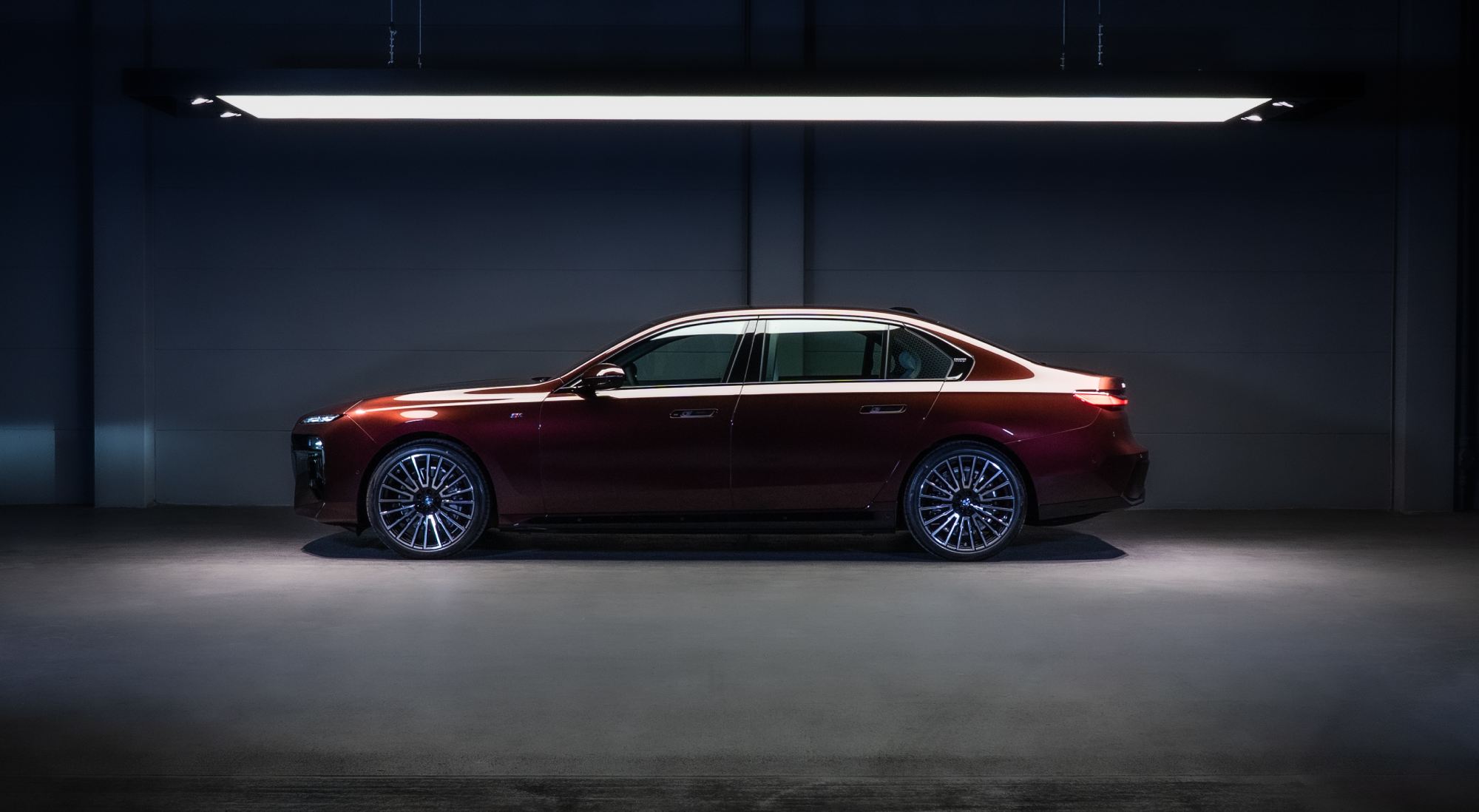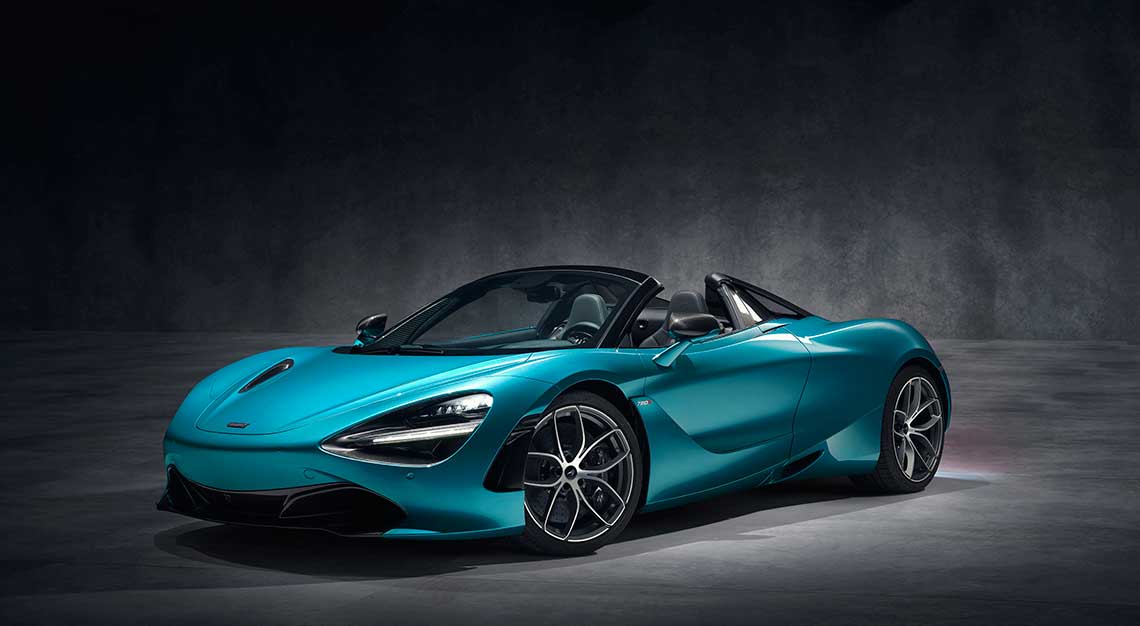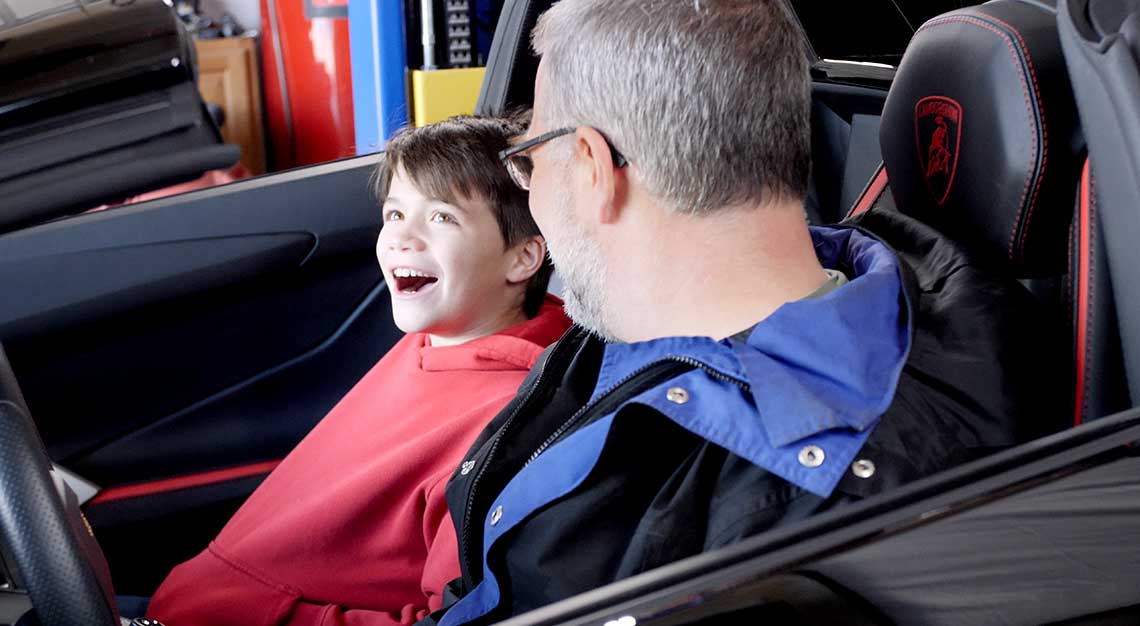The Countach generated quite the buzz when it first launched back in 1974. Fifty years on, it remains the marque’s most iconic supercar
Describing the Countach as the most defining Lamborghini ever made in its 60-year-long history isn’t technically wrong–it just doesn’t quite tell the full story. More than a car with an enduring legacy, the Countach helped put the Italian marque on the map and elevated its stature to where it is today.
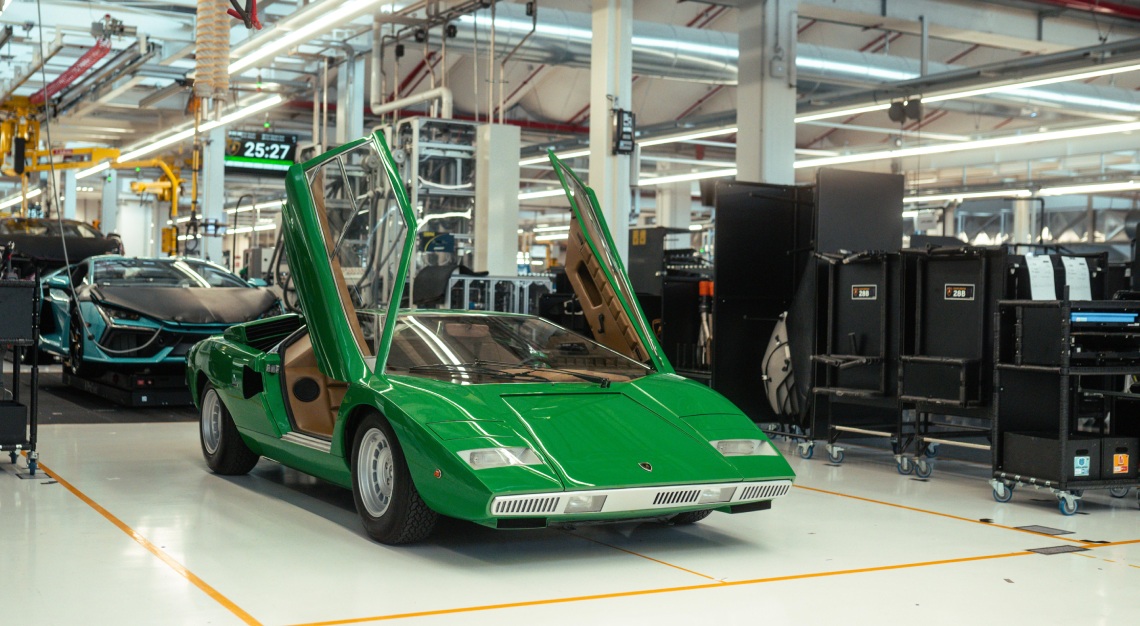
The first Countach units rolled out of Lamborghini’s hometown in Sant’Agata Bolognese in March 1974. For the next decade or so, it came to a point where buying a Lamborghini, but not the Countach, seemed unimaginable. If anybody’s wondering just how big of an impact the Countach had, consider this: in the duration of the Countach’s production, Lamborghini released a total of three new models on the market. One of them was the Jalpa, sporting a similar wedge shape reminiscent of its superstar elder brother. The Jalpa had been Lamborghini’s attempt in proffering more ‘affordable’ sports cars.
Not that it mattered much anyway, as the Countach singlehandedly almost overshadowed all the three new models. Even some of the brand’s die-hard fans barely remember the launch of these three models back in the day.
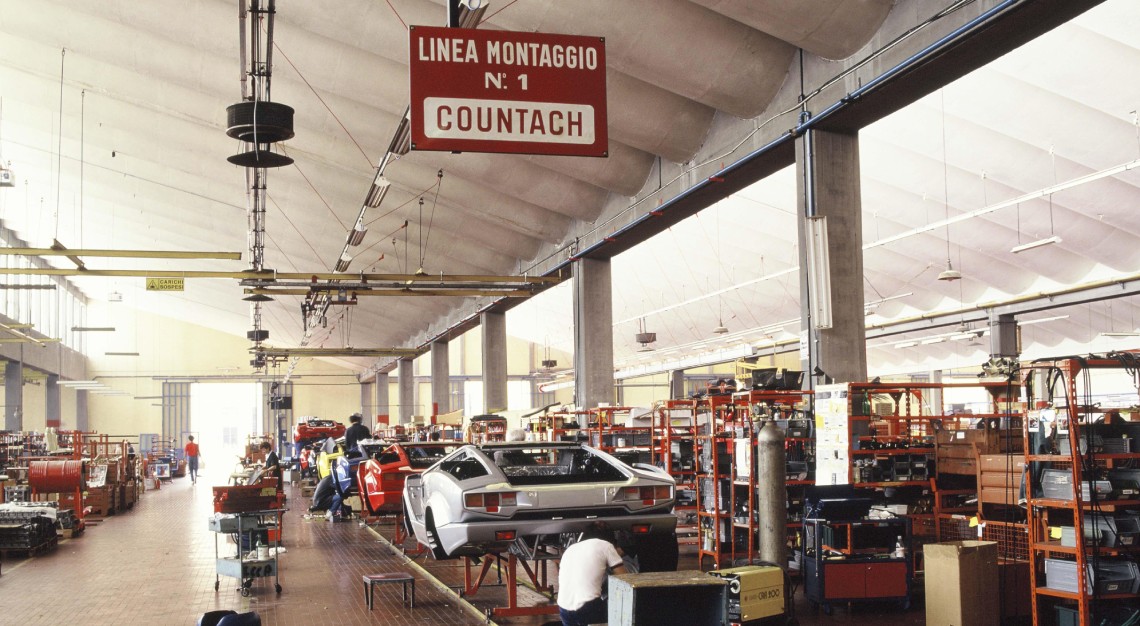
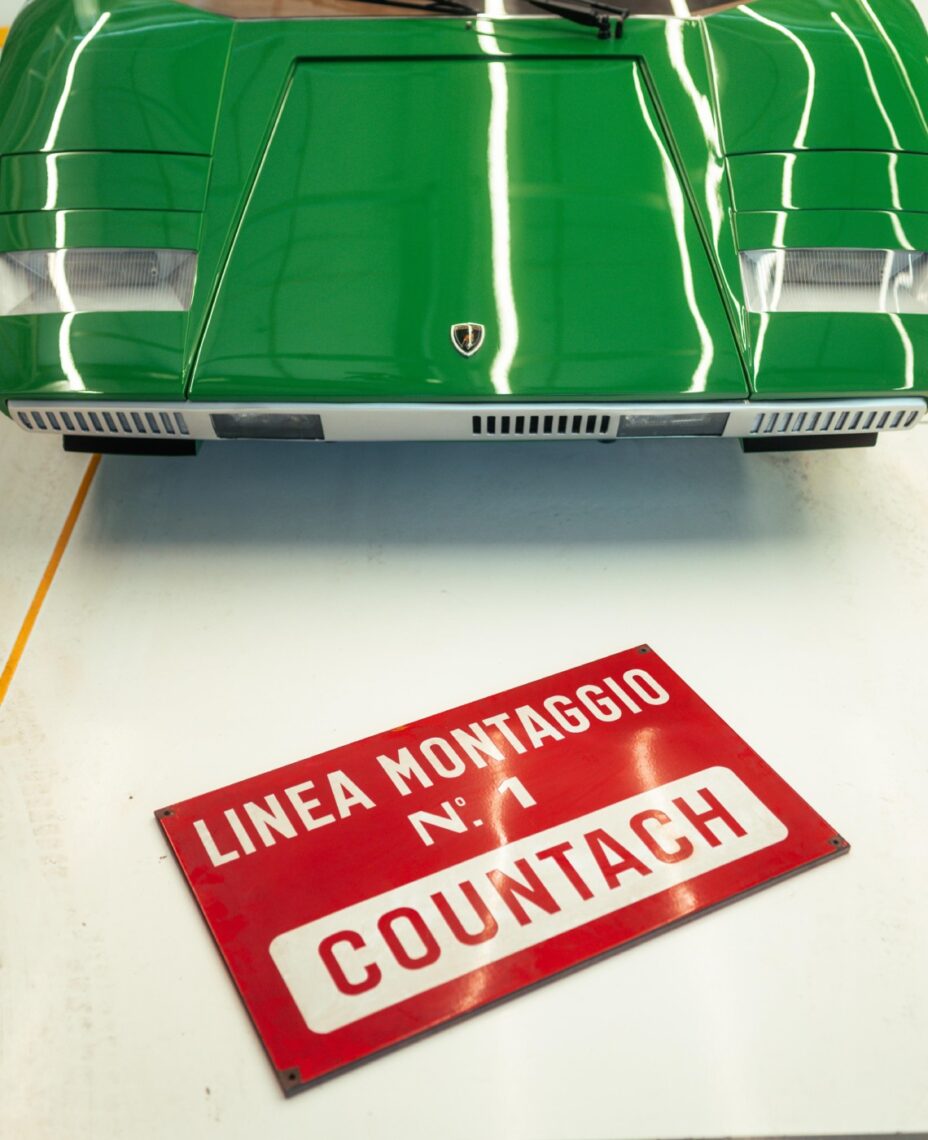
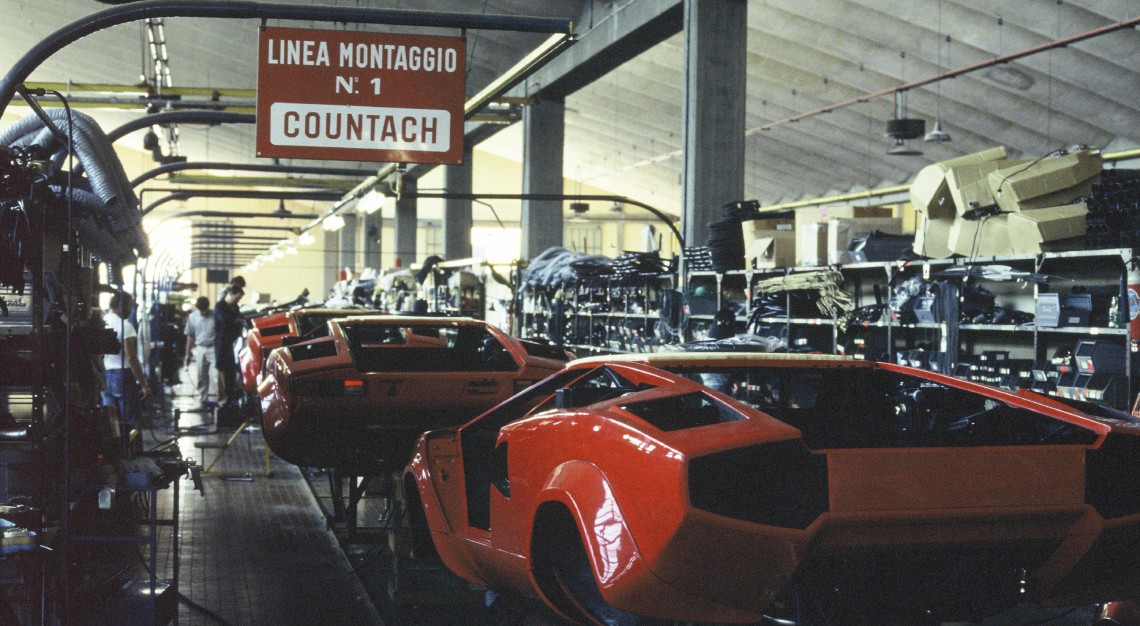
Fast forward to today, the very same factory that birthed the first Countachs continues to roll out rockets for the roads. “We are proud to still be producing our super sports car models in the place where the Countach was created,” said Ranieri Niccoli, Lamborghini’s chief manufacturing officer. “Production has radically changed since 1974, but it retains the best aspects; the manual skills of our operators and the best available technology. The common denominator between the production of the Countach and our cars today is attention to detail.”

To mark this momentous milestone in the marque’s rich history, Lamborghini arranged for a face-to-face meeting of its past and present. On the anniversary of its birth, the first Lamborghini Countach LP 400 returned to the Sant’Agata Bolognese production line where it was birthed–the same one that assembles the Lamborghini Revuelto today. The resulting image of the two Lamborghinis together feels almost visceral—a single frame that captured traditions, origins, evolution, and the promise of future innovations, charting Lamborghini’s growth as a brand through the decades.

